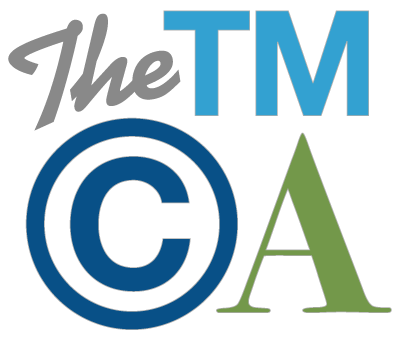It’s Alive? The Open Question of Ownership over the Creations of an AI
 Who owns the creations of an artificial intelligence?
Who owns the creations of an artificial intelligence?
From ownership in general to copyright and patent law, the answer is unclear. However, the question has taken on a new sense of urgency: inventors are creating increasingly advanced AI systems which can paint Rembrandt-style works of art, generate paragraphs of text from a single sentence, design original memes, and even generate their own music and compete in rap battles against human beatboxers. Rap aficionados may have had some complaints about the quality of the music, but when beatboxer Reeps One performed in a battle against an AI in 2018, it was still quite an accomplishment for the world of artificial intelligence.
But can these AIs own their own creations, or even apply for intellectual property protections? Several inventors argue that the AI’s creations rightfully belong to the machine itself, and have applied for patent or copyright registration on its behalf. We previously discussed a notable example where the inventors of the Device for Autonomous Bootstrapping of Unified Sentience (aka “DABUS”) tried to have the AI’s creation—a unique plastic container—patented, with DABUS itself listed as the inventor. The inventors filed the application to see how far patent offices were willing to go, and how much protection they would give to an AI.
The answer? Not much. Patent applications are ongoing in several countries, but the USPTO denied the application, stating unequivocally that the plain language of patent laws limits patent applications to naming only human persons as inventors. While the case is currently on appeal to the Federal Circuit, the judges have seemed skeptical of the inventor’s position, with one asking how an AI could be considered an individual. To date, the DABUS system has been awarded only one patent in its own name, from the patent office of South Africa.
The US Copyright Office has adopted similar standards, most notably a “human authorship” requirement for creative works pursuant to the Copyright Act. Most recently in 2019, an inventor who tried to copyright a work of art produced by his AI (which supposedly created a visual simulation of a near-death experience), saw his application rejected by the Office. The USCO used lower court precedent—including one case we previously discussed in which the USCO ruled that a monkey could not sue for copyright infringement—to rule that the work was ineligible for protections due to its lack of a human author. A three-person board denied his request for reconsideration in February. Until and unless AIs are recognized as legal persons, they are unlikely to receive copyright protections for their creative endeavors.
“The Next Rembrandt,” which bears striking artistic resemblance to a real Rembrandt, is of uncertain copyright status. The question likely turns on the amount of creative input the human inventors put into the painting; did they make a substantial contribution to the outcome, or was the AI the one making the creative decisions, with the humans functioning only in a training or programming role? If the human inventors had minimal control of the creative or inventive process, the work will likely fall under the public domain, being ineligible for IP protections. Here, while the creative team did train the AI to recognize and mimic Rembrandt’s particular artistic style, a great deal of the creative decision-making was left up to the algorithm itself.
As AI algorithms become more advanced and more fully integrated into everyday life, the problems surrounding them will only become more complex. Already, the USPTO has voiced concerns about human-authorship requirements stifling invention, and asked for public comment on the issue when ruling on the DABUS application.
Other commentators have raised concerns about public disclosures: some inventors may attempt to hide an AI’s involvement in a new invention in order to qualify for patent protections. On the other side, some commentators worry about the consequences of giving AI inventions the same protections as those made by humans; namely, the further humanization of AI systems. Given the stance of the USCO and USPTO and the significant areas of ambiguity when it comes to AI-produced inventions, these concerns are likely to continue.








